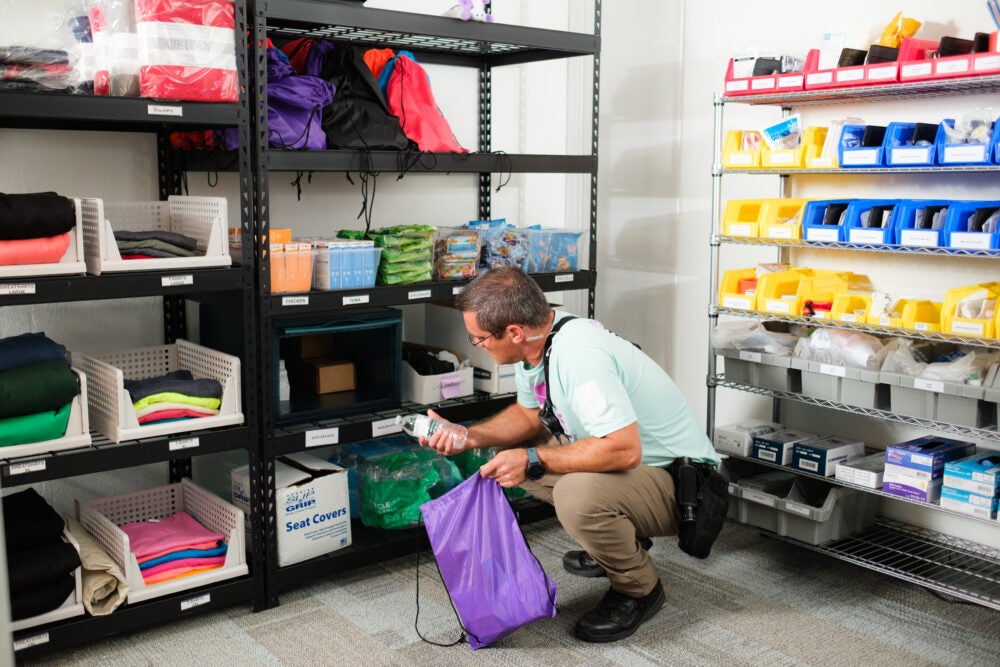
Strengthening Alternative 911 Emergency Response
Unprecedented job losses, associated with the COVID-19 pandemic, have exacerbated housing instability across the country. Low-income renters, who tend to concentrate in industries where COVID-19 related layoffs were the largest, have been disproportionally affected. As a result of pandemic-related unemployment, approximately 1.3 million renter households accrued roughly $7.2 billion in unpaid rent by the end of 2020. To support these renters, many state and local governments have launched or expanded emergency rental assistance programs that provide cash payments for eligible housing expenses and back-rent. In particular, emergency rental assistance programs provide funding for eviction prevention and housing stabilization. Faced with pressure to get these funds out the door quickly, government agencies run the risk of supporting those most able to complete the application process over those most in need.
With assistance from the GPL, Chicago’s Department of Family and Support Services (DFSS) revamped their emergency rental assistance program with expanded CARES Act funding. Chicago’s emergency rental assistance program gives cash payments for future or back-rent to low-income renters (via their landlords) who are at-risk of homelessness, i.e. those who currently have housing but who may become homeless soon due to lost income or a household emergency.
Strengthening Alternative 911 Emergency Response
Strengthening Alternative 911 Emergency Response
Strengthening Alternative 911 Emergency Response
Strengthening Alternative 911 Emergency Response
Strengthening Alternative 911 Emergency Response
Strengthening Alternative 911 Emergency Response


